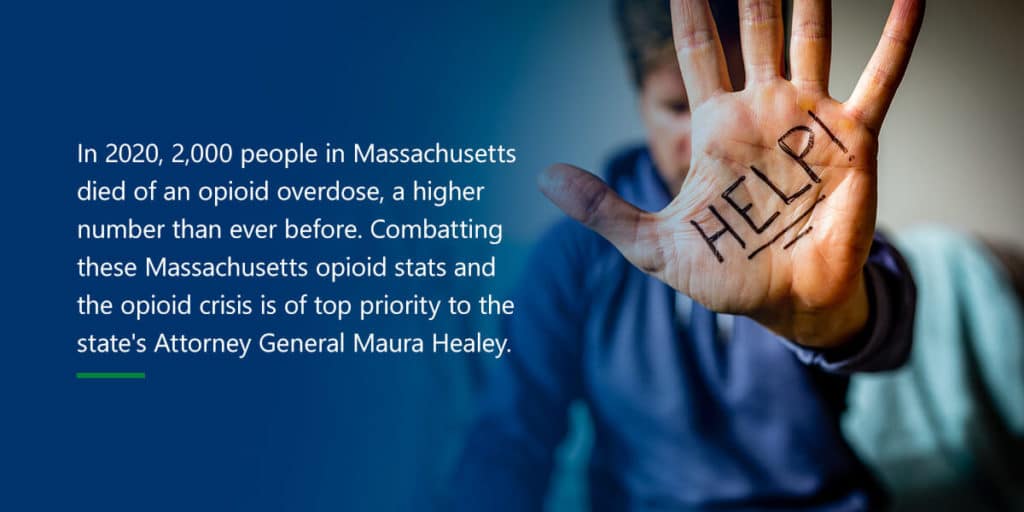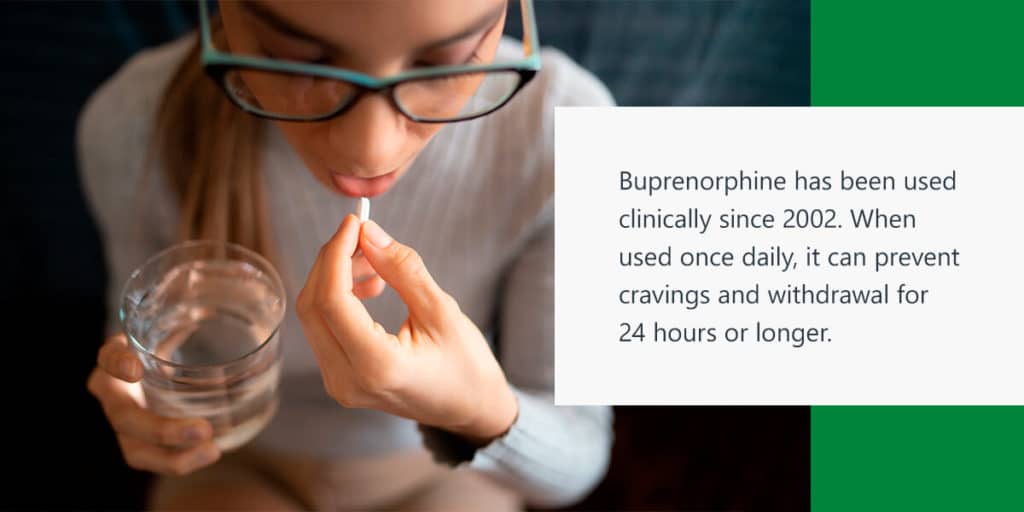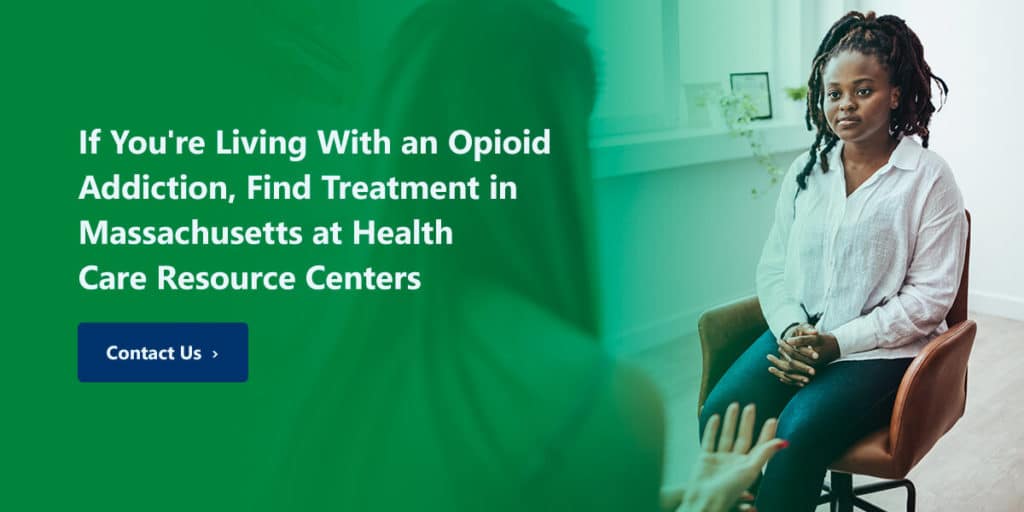The presence of the opioid crisis is well known. Understanding its causes is more complicated. Knowing the complete picture may help reduce opioid addiction and related deaths in Massachusetts.
The Opioid Epidemic in the United States — What You Should Know
The opioid epidemic has persisted in the United States since the 1990s. From 1999-2019, nearly 500,000 people died from opioid-related overdoses. The Centers for Disease Control and Prevention (CDC) categorizes the opioid epidemic into three waves:
- First wave: The first wave came in the 1990s when doctors began prescribing opioids for pain management. Overdose deaths related to prescription opioids have increased since 1999.
- Second wave: The second wave began in 2010, which saw a rapid increase in heroin-related overdose deaths.
- Third wave: The rise of synthetic opioids began the third wave in 2013. Most significant is the manufacturing of the synthetic drug fentanyl.
Also important to understand is the involvement of Purdue Pharma and the Sackler family in the opioid epidemic. Purdue Pharma developed the drug OxyContin® in the early 1990s. The company led a campaign to market OxyContin as a pain reliever for nonmalignant pain. Their fraudulent claim that it was a safer and less addictive alternative to other opioids is believed to have contributed to the opioid epidemic and overdose deaths. The Sackler family reached a $6 billion settlement in March 2022.
Is the Opioid Crisis in Massachusetts Growing?
In 2020, 2,000 people in Massachusetts died of an opioid overdose, a higher number than ever before. Combatting these Massachusetts opioid stats and the opioid crisis is of top priority to the state’s Attorney General Maura Healey. She is working alongside law enforcement, community leaders, families and health care experts to find solutions. Attorney General Healey was also a leader in exposing the wrongdoings of Purdue Pharma and the Sackler family.
Despite these efforts, Massachusetts has an opioid-related death rate that is twice the national rate. There are many beliefs as to why:
- Drug trafficking routes: Illicit drugs are often trafficked across the country. At one time, some of the most well-known routes went through the New England area, making Massachusetts more vulnerable to the circulation of illegal drugs like fentanyl.
- Economic hardship: Challenging economic times can lead many to feel despair or hopelessness, and they may turn to drugs in an attempt to cope. New England’s economy was hit hard due to the decline in manufacturing and manual labor jobs in the region, which has led to increases in poverty, disability and unemployment rates.
- Doctor-prescribed opioids: In the 1990s, drug developers persuaded the medical community that certain opioid drugs could be used to treat patients’ pain. People who are prescribed opioids for their pain may develop issues with substance use later.
Most Common Opioids
Doctors may prescribe opioids to help patients manage pain. Taking opioids for pain management can lead to addiction. When an individual takes opioids over time, their body slows its production of endorphins, meaning the same drug amount will not yield the same effects over time. People who develop tolerance may desire to increase the amount of drug they take to maintain the effects.
The most common prescription opioids and some associated brands include:
- Hydrocodone, such as Vicodin®
- Oxycodone, such as OxyContin and Percocet®
- Oxymorphone, such as Opana®
- Morphine, such as Kadian® and Avinza®
- Codeine
- Hydromorphone
- Tapentadol
- Fentanyl
Illicit opioids also contribute to the opioid epidemic, with heroin and illegally made fentanyl being the most common.
What Is Fentanyl?
Fentanyl is a synthetic opioid that is 50 times more potent than heroin and 100 times as powerful as morphine. It is sometimes prescribed in hospitals to help patients deal with pain but has become one of the leading causes of opioid-related deaths in the United States. On the street, fentanyl is often mixed with other drugs, like cocaine and heroin.
When mixed with other substances, fentanyl becomes even more powerful — those who do not have the tolerance for it may ingest fentanyl unknowingly, increasing their risk of overdose.
Fentanyl Addictions in Massachusetts
The emergence of fentanyl is impacting the opioid epidemic in Massachusetts and the rest of the United States. Fentanyl overdoses are more common in the New England states than in any other region in the U.S., and fentanyl is becoming more represented than heroin in Massachusetts, as prescriptions for opioids like OxyContin and codeine fell from 47.1 per 100,000 in 2016 to 35.4 per 100,000 in 2019.
Treatment and Management Solutions
Medication-assisted treatment (MAT) coupled with counseling is one way to treat opioid use. At Health Care Resource Centers, we offer the following treatments for opioid use:
Buprenorphine Treatment
Our office-based opioid addiction treatment program utilizes buprenorphine or buprenorphine compounds like Suboxone® to eliminate withdrawal and reduce cravings for illicit drugs. Buprenorphine has been used clinically since 2002. When used once daily, it can prevent cravings and withdrawal for 24 hours or longer. Some of the differences between buprenorphine and methadone treatment include:
- Receptor activation: Buprenorphine activates brain receptors the same way methadone does but to a lesser extent. When taken as directed, these opioid agonists can fulfill the brain’s desire for opioids without exposure to the risks.
- Presence of naloxone: Buprenorphine compounds contain naloxone to decrease the likelihood of misuse.
- “Ceiling effect”: Buprenorphine has a “ceiling effect,” meaning that at a certain point, side effects do not increase as the dose increases.
Methadone Treatment
Like buprenorphine, methadone helps manage withdrawal symptoms by activating the same receptors in the brain that opioids affect. Alongside counseling, it can be a powerful tool for treating substance use. MAT with methadone involves daily trips to a treatment program. This routine provides some structure for individuals early in their recovery journey. It is also safe for long-term use when taken as directed by a medical professional.
Individual, Group and Family Counseling
Counseling is a beneficial part of the treatment process. The counselors at HCRC are trained, certified professionals in the field of addiction treatment. Our counseling services are goal-oriented and based on the individual’s objectives for recovery.
With counseling, individuals treating substance use can:
- Change their opinions and thoughts toward opioids
- Talk about past traumas in a safe environment
- Build strategies for reconnecting with family and friends
- Learn coping strategies for dealing with triggering situations and cravings
Changing the Future Trends
Some of these trends and statistics seem daunting, but help is available in the state and across the country. The rise of fentanyl and opioid-related overdoses in the United States signifies a need for access to quality care. The CDC recommends:
- Expanding distribution of naloxone and overdose prevention education
- Intervening early with individuals at the highest risk of overdose
- Improving the detection of overdose outbreaks to yield a more effective response
- Expanding awareness, access and availability of treatment centers
In Massachusetts, these programs are in place to help slow the opioid epidemic:
- Massachusetts Opioid Abuse Prevention Collaborative: A grant program that funds education services and community programs to reduce opioid deaths.
- Overdose Education and Naloxone Distribution programs (OEND): Trains first responders and individuals on how to administer naloxone.
- Good Samaritan Laws: Protects those who, in good faith, report overdose victims.
If You’re Living With an Opioid Addiction, Find Treatment in Massachusetts
Health Care Resource Centers specializes in medication-assisted treatment and counseling services. HCRC has opioid addiction treatment centers across Massachusetts and New England, whether you are living with opioid addiction in Boston, Springfield, Hartford or beyond. If you are ready to take your first steps, find your nearest clinic today.







